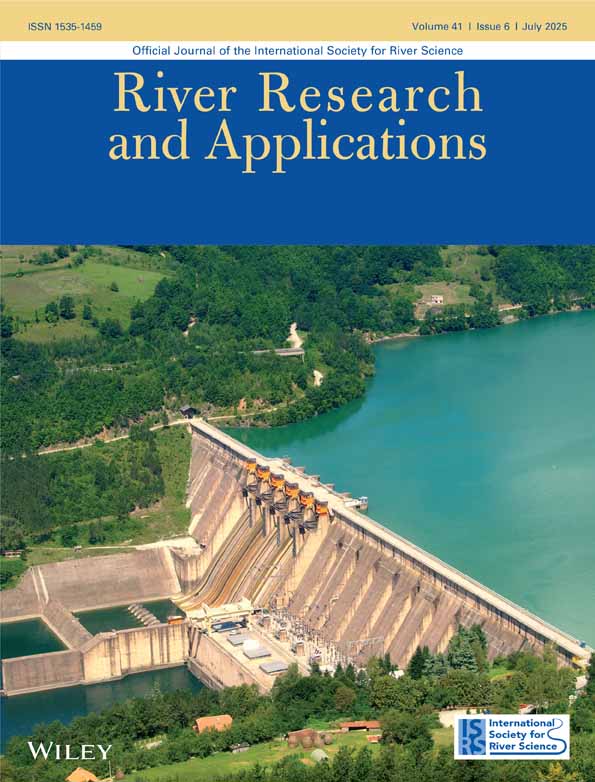Effects of flow dynamics and sediment movement on microbial activity in a lowland river
Abstract
Fluvial systems transport sediments in suspension and in bed-load together with bacteria adhering to the transported particles. Activity of these bacteria is assumed to be critical for processes of self-purification of river waters. Here we present the results of multidisciplinary research designed to provide insight into how turbulent flow and movable sediments affect bacterial activity. Bacterial density and activity were investigated at 0–2, 9–11 and 18–20 cm sediment depth at three profiles longitudinally spaced along a sandy dune in the lowland River Spree in Germany. Dynamics of riverbed relief were examined via high-resolution spatial and temporal echo-sounding surveys. Three-dimensional turbulent flow structure was measured at three vertical profiles, the locations of which coincided with the positions of bacterial samples. Bacterial activity was high in the upper 10 cm layer of sand which was moving relatively fast in the form of comparatively small sand waves, and significantly lower in the slow-moving deeper layer associated with larger, slowly migrating dunes. The thickness of the upper layer tended to decrease towards the sand dune crests. A transition zone between high and low activity was found in the 9–11 cm sediment layer. The local depth of this transition zone also matched the local values of displacement heights computed from turbulent stresses profiles. We demonstrate that information on characteristic scales of sand wave motion may define regions of high bacterial activity for rivers with non-cohesive, sandy sediment deposits. Copyright © 2003 John Wiley & Sons, Ltd.




